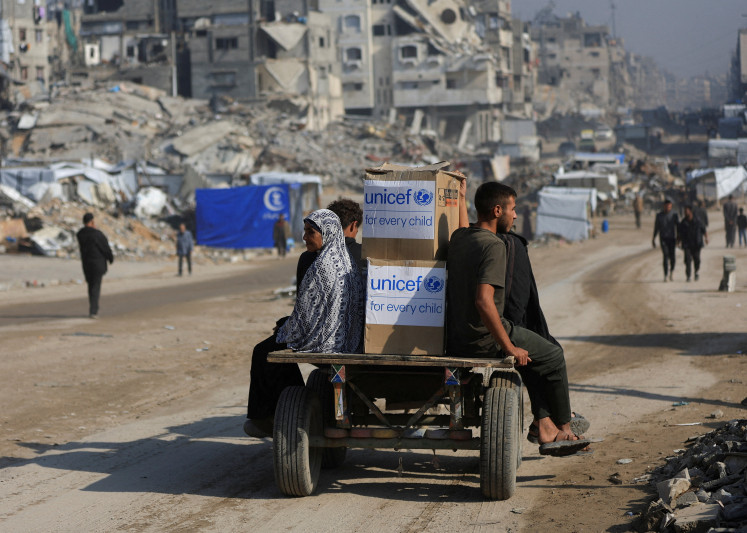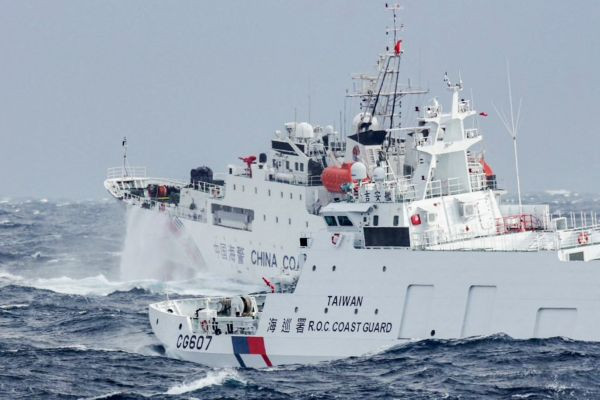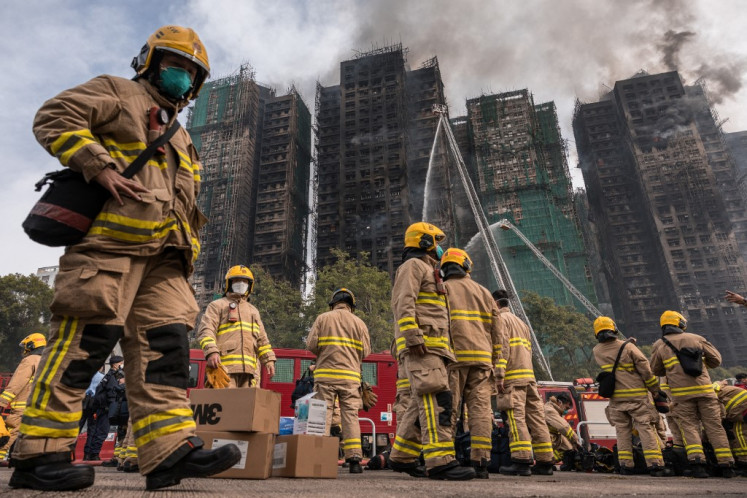Popular Reads
Top Results
Can't find what you're looking for?
View all search resultsPopular Reads
Top Results
Can't find what you're looking for?
View all search resultsWhat to do about Plumpang
Many are questioning how residential areas could have been constructed so close to such dangerous facilities.
Change text size
Gift Premium Articles
to Anyone
W
hen an accident occurs in any industry, especially if it is fatal, the company’s health, safety and environmental (HSE) practices will come into question as stakeholders seek to determine whether it was preventable and what procedures should be changed to stop it from happening again.
It is quite a surprise, then, that state-owned oil and gas firm Pertamina has dismissed its business support director, rather than the executive responsible for HSE standards, over the fire that engulfed the Plumpang fuel storage depot in North Jakarta last week.
The business support director oversaw four senior vice presidents, in charge of enterprise IT, procurement, asset management and shared service. Only two of these areas, procurement and asset management, might have directly or indirectly affected the quality of the pipeline that fueled to the March 3 fire, which has claimed 20 lives and injured scores.
All of the victims lived very close to the Pertamina facility, separated only by a thin brick wall. And if it had not been the pipeline but the fuel storage tanks themselves that had burned on that ill-fated evening, it would have been an even greater catastrophe, perhaps decimating the entire neighborhood.
According to data from the Energy and Mineral Resources Ministry, the fuel depot had a capacity of some 324,535 kiloliters with an average throughput of 16,504 kiloliters. Altogether, the Plumpang depot and the nearby Tanjung Priok storage facility supplied 491,485 kiloliters of fuel in February alone.
The Balongan refinery in Indramayu regency, West Java, supplied a majority of the fuel for the depot with a pipeline stretching some 210 kilometers. A smaller amount was brought in on oil tankers.
The pipeline is a critical part of the system for fuel distribution in Greater Jakarta, and Pertamina and related agencies should have been routinely inspecting and maintaining that system all the way from Balongan to Jakarta.
In the oil and gas industry, it is not uncommon to celebrate long stretches of time without an accident. For example, 1 million hours without an accident might be considered a major accomplishment. Now, of course, that clock has been set back to zero for Pertamina.
The company has a stack of work to do to improve its safety record, both in its upstream and downstream businesses.
Many are questioning how residential areas could have been constructed so close to such evidently dangerous facilities. Granted, when the Plumpang facility was built, it was a no man’s land. But as the city grew, so did the need for residential areas, hence the profusion of unregistered settlements around the fuel depot.
Pertamina was certainly aware of the nearby settlements, even if it wasn’t responsible for creating them, and the company has a responsibility to work with local authorities, in Jakarta and everywhere else it does business, to ensure people are not threatened by its operations. Buffer zones are imperative to separate potentially hazardous facilities from residential areas.
Local authorities, from the governor down to subdistrict head, also have a major role to play. Good city planning is needed to clearly identify hazardous facilities and limit development around them.
Now, the government is determined to relocate the storage facility, possibly to a man-made island in an area controlled by state-owned port operator PT Pelindo.
While it may be advantageous in certain respects to have a dedicated island as a fuel storage center, akin to Singapore’s Bukom Island, its potential impact on shipping and the coast must be taken into account. What would we do if a similar accident occurred there?
It would be cheaper and easier to relocate the settlements near the Plumpang facility to create a bigger buffer zone. New, more vertical housing could be constructed for the relocated residents not far the original settlements.
Both legally and technically, this is likely the best way to ensure the safety of Jakartans and the supply of fuel. The central government, city administration and Pertamina, as well as other related state-owned enterprises, should chip in to make it a reality.











